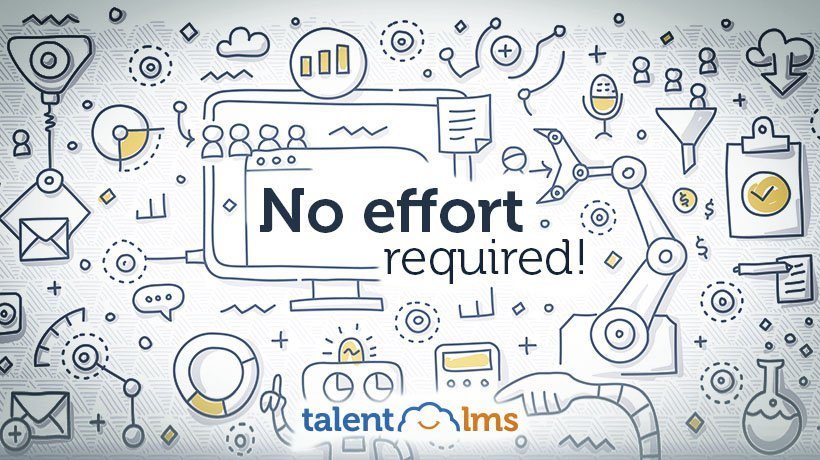In Search Of Hidden Talent? Look For The Doers
In the never-ending war for talent, organizations can find hidden talent within their organization and end up ahead of the curve. Use these four tactics to uncover hidden gems in your organization: recruit in places beyond universities and professional associations; focus on candidate transferable skills; organize employee referral programs; and seek voracious learners. Here are some starter approaches to these four tactics.
Tactic 1: Uncover Hidden Talent By Recruiting In Unusual Places
Most organizations recruit from universities and professional associations. Recruiting talent from unusual places can be an excellent way for your organization to tap into a wider pool of candidates with unique skills and perspectives. Three unusual places where companies can recruit talent include hackathons and coding competitions, meetups and networking events, and social media platforms.
1. Hackathons And Coding Competitions
Hackathons and coding competitions are events where individuals and teams come together to solve technical challenges in a competitive environment. These events attract diverse participants, including students, developers, and tech enthusiasts. Companies can attend or sponsor these events to identify talented individuals with the necessary skills and knowledge.
2. Meetups And Networking Events
Meetups and networking events bring together people with shared interests or backgrounds. These events can be an excellent way for companies to connect with individuals passionate about a particular industry or field. By attending or sponsoring these events, companies can identify individuals who are enthusiastic and knowledgeable about their industry.
3. Social Media Platforms
Social media platforms can be a great place to find talent who may not be actively looking for job opportunities. Organizations can use social media to identify individuals who are active in online communities related to their industry. For example, HR and L&D leaders can look for individuals who are sharing insights, participating in discussions in podcasts or webcasts, and publishing content related to their industry on platforms like LinkedIn or Twitter.
Tactic 2: Focus On Transferable Skills
Transferable skills can be applied across different jobs, industries, or settings and include storytelling, data analysis, and problem-solving, among many others. Candidates that have strong storytelling skills can distill the key elements and value to the customer quickly; with data analytics, they can tell the story of the data, which can facilitate decision-making; problem-solving is foundational in any business context at any stage of the process of developing and delivering goods, services, and value to customers.
By focusing on transferable skills, HR can widen the pool of potential candidates for a job opening. This allows for greater flexibility in hiring and can help ensure that the company is hiring the best candidate for the job, regardless of their previous job title or industry experience. Transferable skills bring two key benefits that boost organizational performance: adaptability and talent retention.
1. Adaptability
Adaptability in the workplace is critical in today's rapidly changing job market. Employees need to be adaptable and able to take on new challenges as they arise. Transferable skills are essential, as they enable employees to learn new tasks quickly and adapt to changing work environments. By hiring individuals with transferable skills, HR can ensure that the company has a flexible and adaptable workforce that can meet the job demands.
2. Talent Development And Retention
Additionally, focusing on transferable skills can also help with talent development and retention. By identifying employee transferable skills that employees possess, HR can help employees develop new skills and take on new roles within the company. This can lead to increased job satisfaction, employee engagement, and retention. Employees who feel that they are growing and developing skills within the organization are more likely to stay with the company long-term.
Tactic 3: Organize Employee Referral Programs
HR can conduct employee referral programs to uncover hidden talent within their employees' networks. Referral programs encourage employees to recommend potential candidates for open positions, which can uncover hidden talent that may not be actively seeking employment. Here are three suggested steps to organize successful employee referral programs:
1. Clearly Define the Program
It is important to clearly define the employee referral program and communicate the details to your organization. This includes outlining the types of positions that are eligible for the program, the referral bonus amount, and the process for submitting referrals. Be sure also to explain the criteria that will be used to evaluate referrals and how the referral bonus will be awarded.
2. Use Technology
Technology can be a valuable tool for organizing and tracking employee referrals. Consider using an Applicant Tracking System (ATS) or referral software to manage the referral process. This can help streamline the process, keep track of referrals, and provide updates to employees on the status of their referrals.
3. Promote The Program
Promoting the employee referral program is critical to its success. Be sure to communicate the program to employees through multiple channels, such as email, internal messaging systems, and company-wide meetings. Consider creating promotional materials, such as flyers or posters, to promote the program throughout the workplace. You can also incentivize employees to participate in the program by offering additional rewards or recognition for top referrers.
Tactic 4: Look For Voracious Learners
Hiring voracious learners can bring several benefits to an organization, including adaptability, innovation, and long-term success. These individuals can help organizations stay competitive and adapt to changing market conditions and can contribute to a culture of continuous learning and organizational growth. To uncover voracious learners, you can seek evidence of lifelong learning, discern learner mindset and habits, and ask what books they are reading and why.
1. Seek Evidence Of Life-Long Learning
Look for evidence of voracious learning in the candidate's past experiences, such as continuing education courses, industry certifications, or participation in professional organizations. These experiences can demonstrate a candidate's commitment to lifelong learning and development, which is foundational in tackling change.
2. Ask Behavioral Interview Questions
During the interview process, ask behavioral questions that can help you assess a candidate's learning mindset, habits, and ability to connect the dots. For example, you can ask questions like "Tell me about a time when you had to learn a new skill quickly," or "How do you stay up-to-date with industry trends and developments?" These questions can help you gauge a candidate's willingness to learn and adapt.
3. Ask What Books They Are Reading And Why
During the interview, ask them what they are reading but go deeper: why are they reading the particular book, and what are they learning? A voracious learner is both deliberate and spontaneous. They will deliberately dig deeper into a subject by seeking out specific books and also veer outside of that realm to other topics completely unrelated, seeking inspiration and new ideas to build on for their current role.
Conclusion
With the proliferation of AI, the war on human talent will intensify and will require organizations to seek and hire hidden talent faster. This article offers four strategies to help HR and L&D leaders to up their recruiting game to deepen and broaden their talent pool: recruiting in unusual places, focusing on transferable skills, organizing employee referral programs, and seeking voracious learners.









